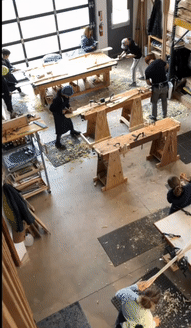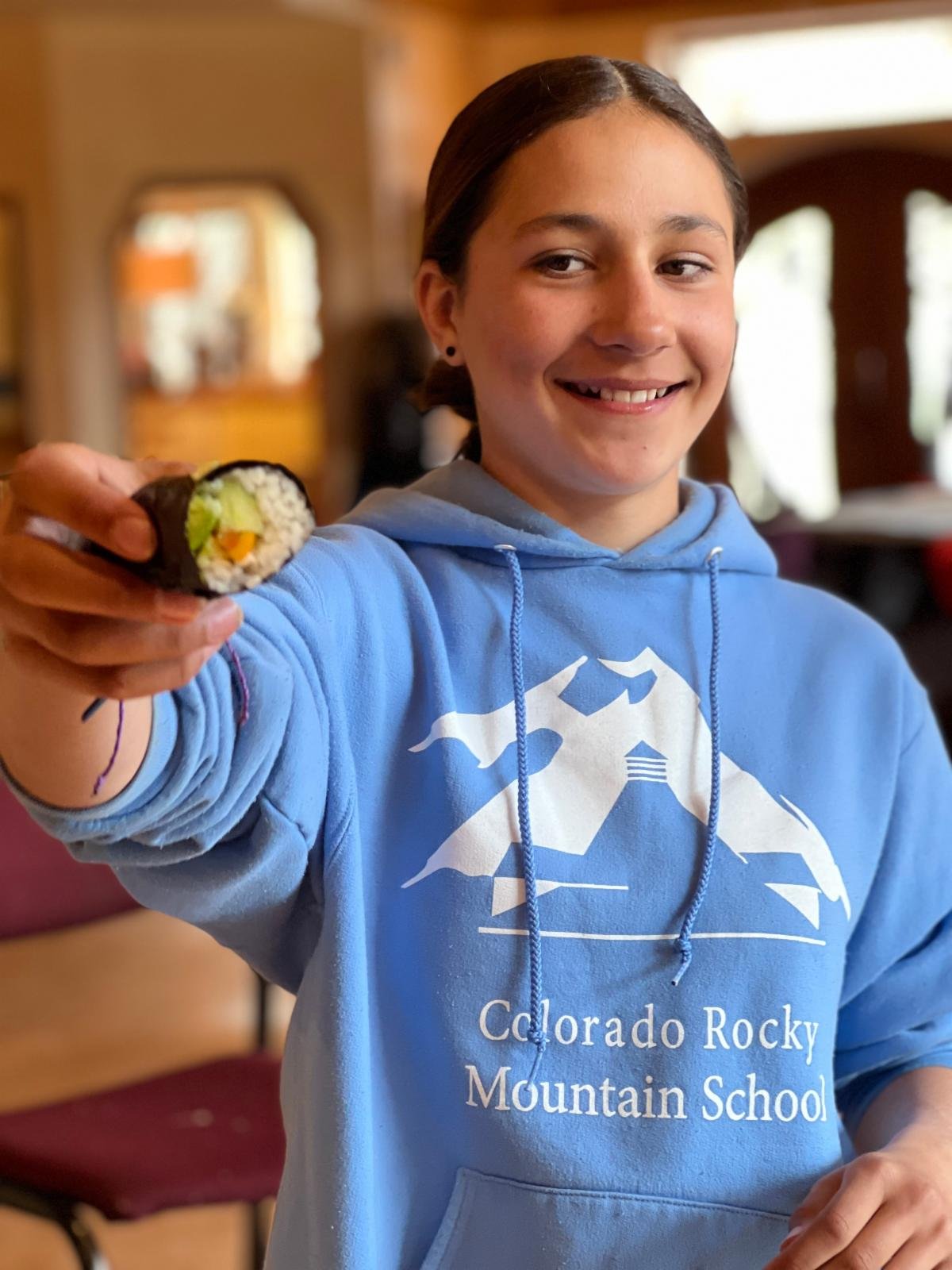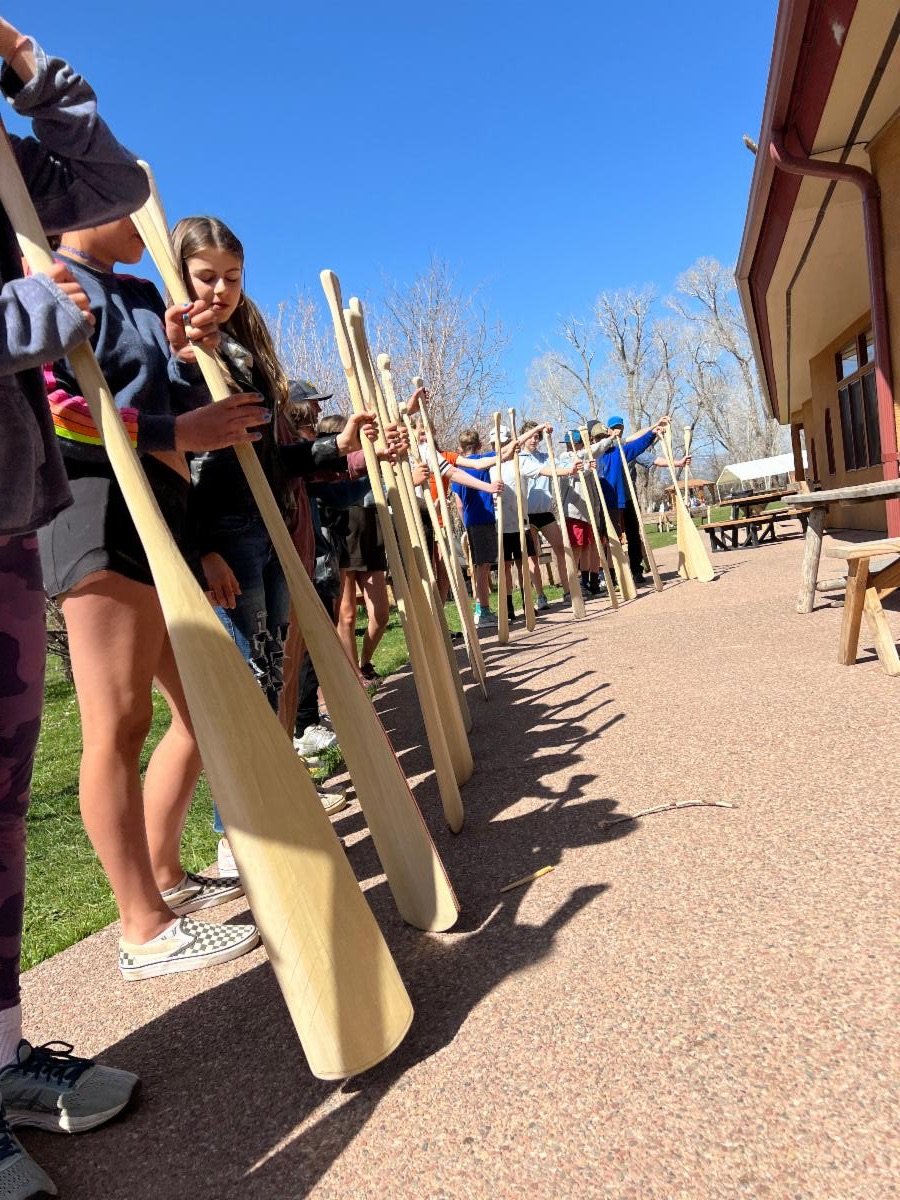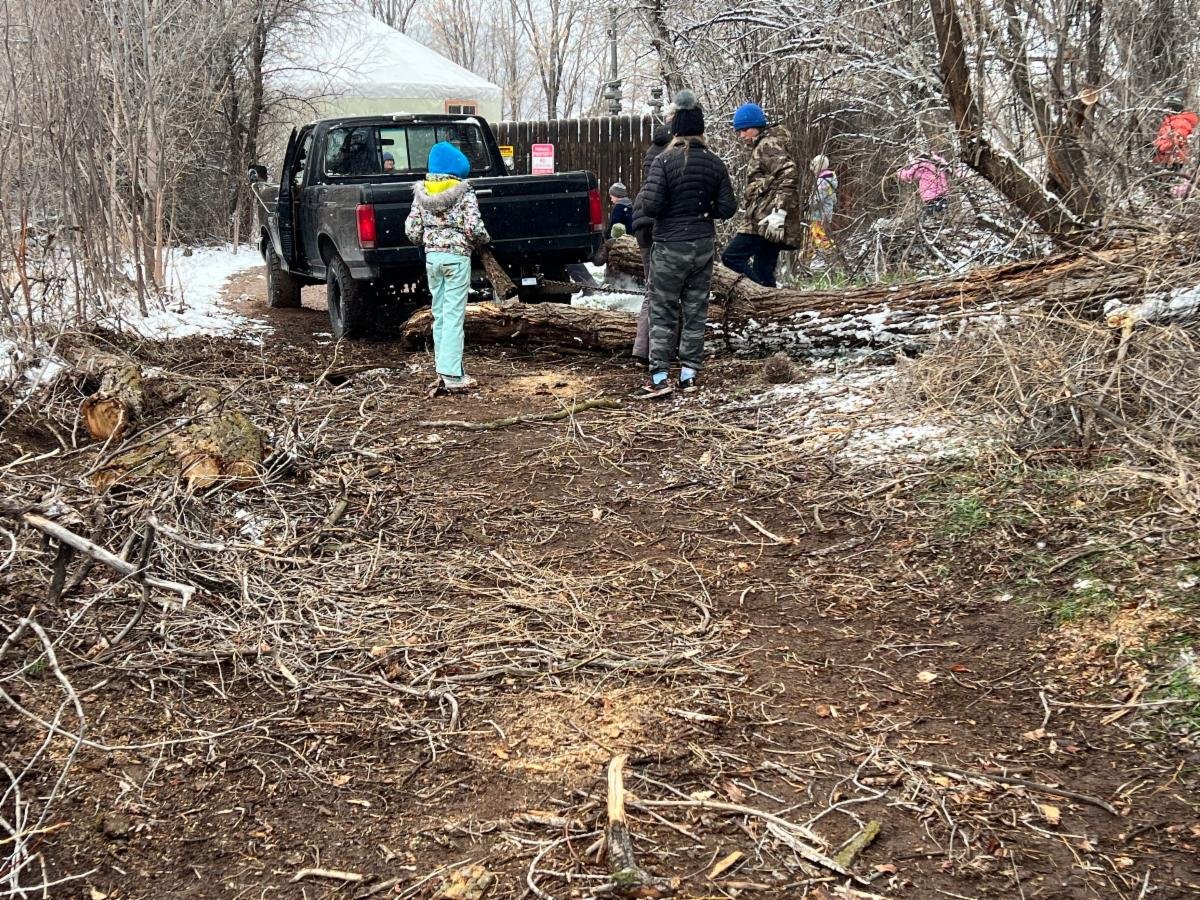On Campus: Paddle Week and the magic of Integrated Curriculum
Written by Heather Handy, Faculty Member
The seventh grade students find a new relationship to themselves and the world as they enter puberty. The Waldorf model and methods meet them in this stage of development through the study of Explorers: studying the biographies of men and women that ventured into the unknown to discover for themselves what the wider world had to offer.
The idea of explorers serves as a metaphor for our students at this stage in their development. Will they destroy and colonize what they find? Or will they study it, learn from it, and find a way to work with – and in harmony with – this “new world”?
The middle grades science curriculum is introduced to help children learn to objectively see the world - to truly observe what is before them, not what they think they see - and to draw conclusions from what they observe.
The curriculum also includes the study of mechanics and simple machines. This gives the students a perspective of how they can act in the world in a meaningful way, with methods that have been in use for thousands of years, and are still just as effective today.
(And where the study of mechanics might seem tedious to most, it is immanently meaningful - even crucial! - to a student about to embark on a paddle trip.)
The adolescent soul also yearns for beauty, and the paddle project uses that longing to weave the curriculum together through artistry. By working with the wood, students learn to observe the process of paddle building in conjunction with the laws of the material itself. They have to listen to wood and work with it, or the paddle will break.
This is a level of learning and understanding that is difficult for adults to impart to children at this time in their lives. Here the wood can instruct the students in a way that their parents and teachers cannot! (How often have we felt frustration when our children "simply" won't listen?) The adolescent student has to listen and observe their work, in order to achieve success.
Through the gradual revealing of the paddle from the board, students discover the artistic elements they feel that make the paddle their own.
Finally, the students take their paddle into the unknown of Labyrinth Canyon, and use the second-class lever, carved by their own hands, to propel them through the water and into the unknown. The adolescent, rife with uncertainty about themselves and the world, discovers what lies ahead through their own will and work and artistry.
This year the seventh and eighth graders embarked on Paddle Week! This was an immersive week giving the students an opportunity to delve deeply into an integrated artistic process. This project was originally designed for the seventh grade class but we decided to offer it to this year’s eighth grade as well.
In just five days, students went from a board of poplar to a carved paddle. Students were in the wood shop for half of the day and then did various artistic, service, and movement activities to balance out the week. From bouldering to sourdough bagel making, they did it all!
We removed trees that fell across the access road in the spring winds, fixed our beehives with the hope of introducing bees to WSRF this spring, mountain biked and hiked, and even learned to roll our own sushi.
Thank you to Matt Johnson and Tim Sampsel for guiding our students through paddle carving and all of the prep and work that went along with it.
Thank you to Gabe Mead for so lovingly and joyfully teaching our students about logging chains, chain saws, staple guns, and manual transmissions all while helping us to serve the school.
Thank you to all of the parent drivers and especially to Dustin, Jay, and Anniefor leading mountain biking. And thank you to all of the subject teachers that gave up their classes for the week to make such a special project happen for our students.
And finally, thank you to Mrs. Noll for all of her organizational logistics and making this happen for her students. It was truly a team effort to create such a full and rich week.










